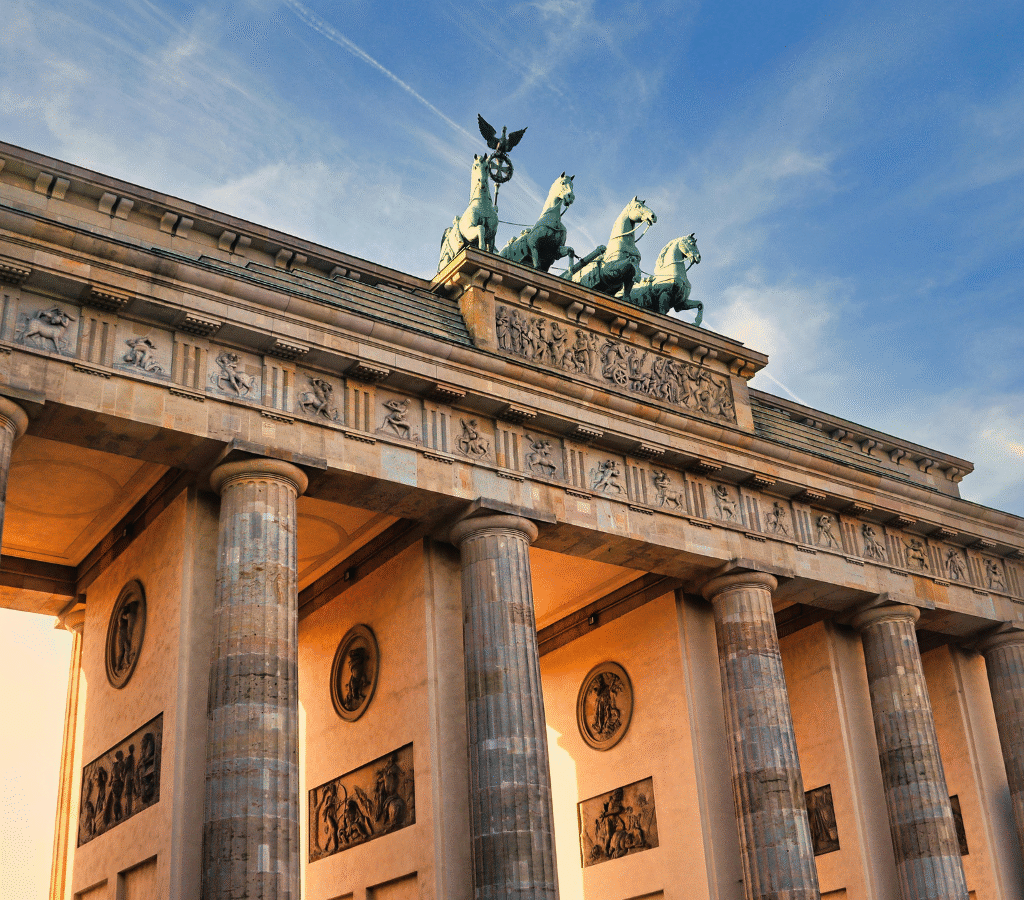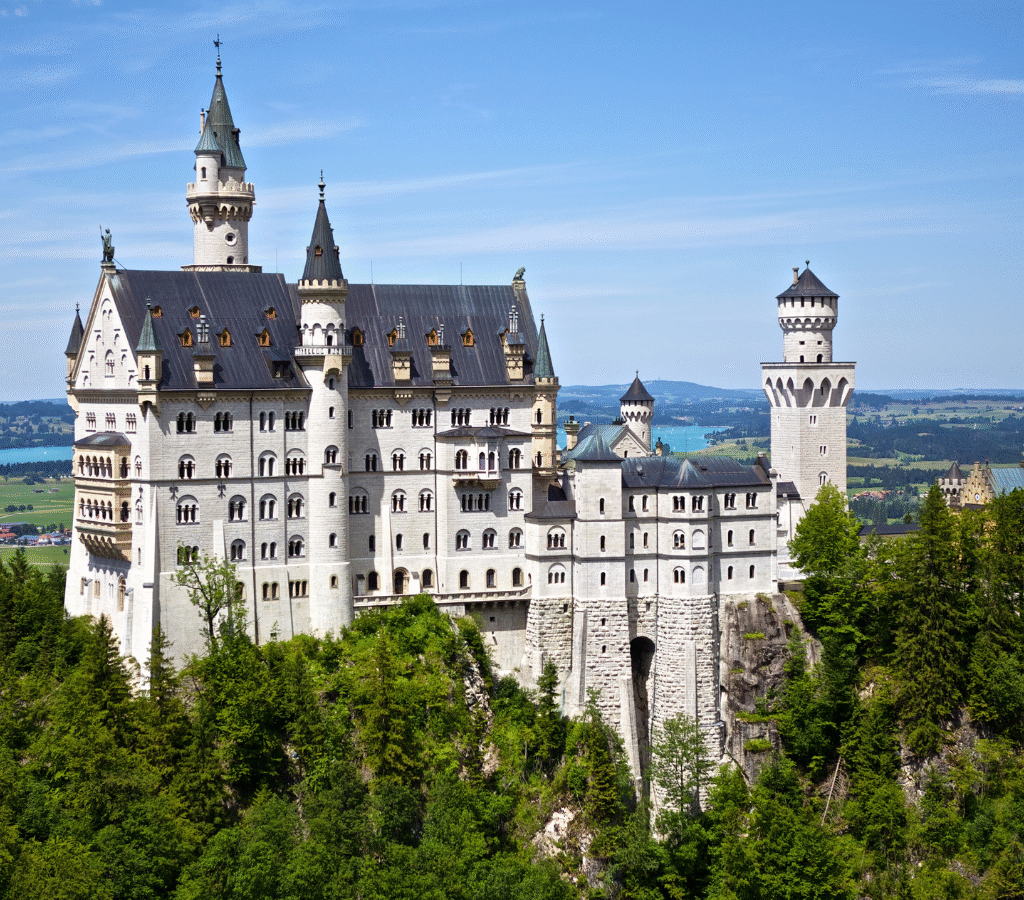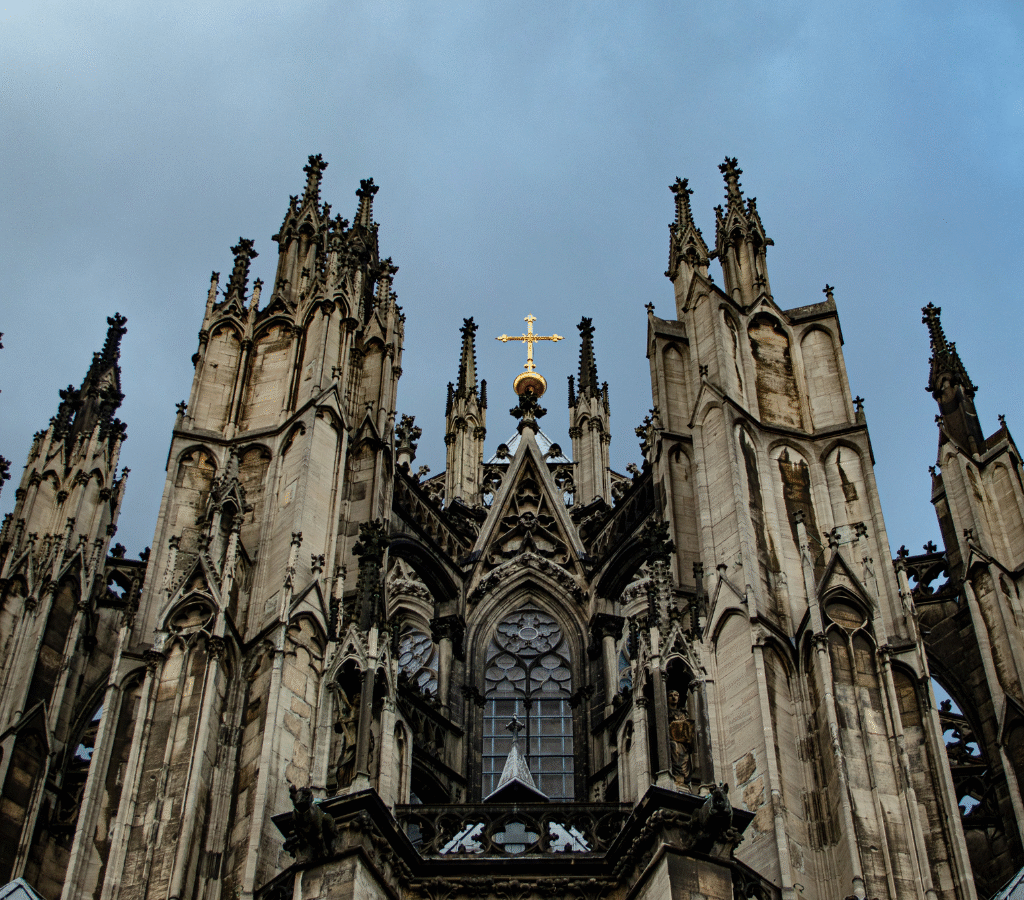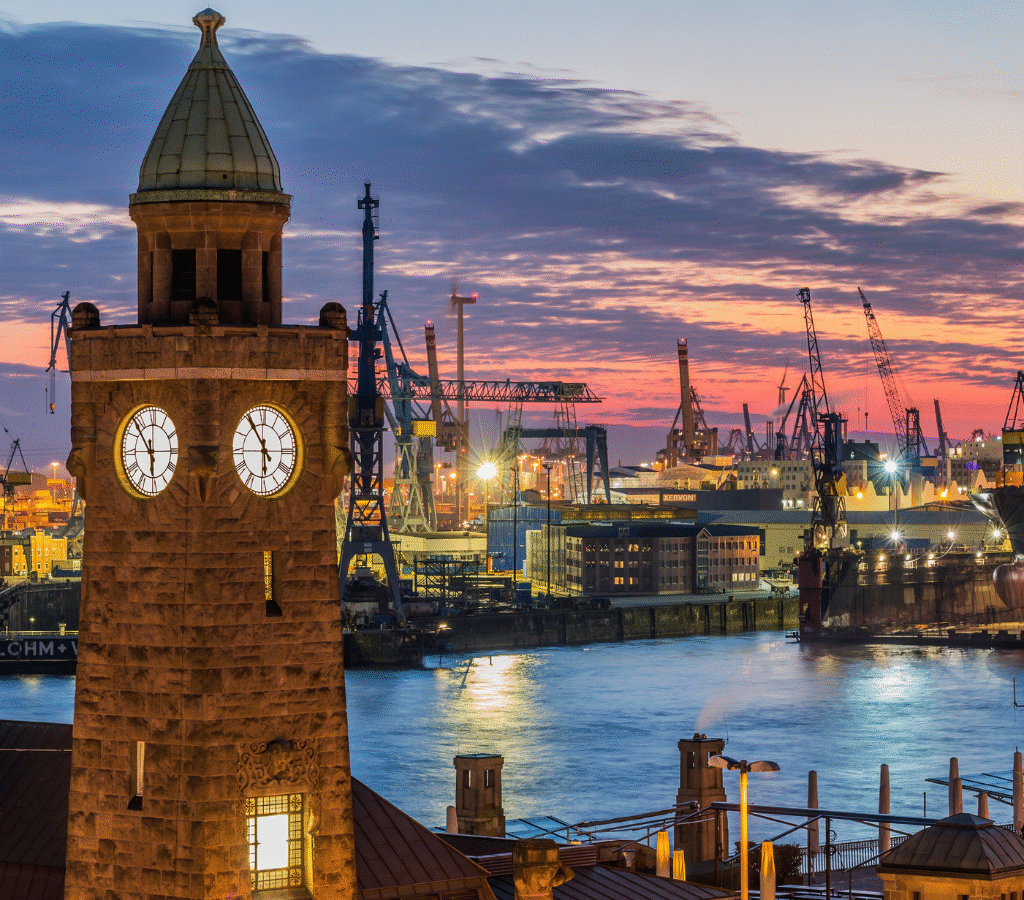Germany, located in the heart of Europe, is a country rich in history, culture, and natural beauty. From fairytale castles to buzzing modern cities, medieval towns, and alpine landscapes, Germany offers a vast array of experiences for every type of traveler. Whether you’re a history buff, a nature enthusiast, or a fan of architecture and art, Germany has something to offer. Here are the top 10 places you should visit in Germany.
1. Berlin – The Capital of Culture and History
Berlin is a city that has reinvented itself several times over the past century. Once divided by the Berlin Wall, it now stands as a symbol of unity, creativity, and transformation. The city is packed with historic landmarks such as the Brandenburg Gate, the Berlin Wall Memorial, and Checkpoint Charlie. Museums Island, a UNESCO World Heritage Site, houses five world-class museums.
Berlin’s nightlife is legendary, and the arts scene is constantly evolving. For those interested in WWII and Cold War history, Berlin offers some of the most comprehensive exhibitions and memorials in Europe. Don’t forget to stroll along the East Side Gallery—an open-air gallery on remnants of the Berlin Wall, painted by artists from around the world.

2. Munich – The Gateway to Bavaria
Known for its traditional beer halls, including the world-famous Hofbräuhaus, Munich is the capital of Bavaria and a city where old-world charm meets modern luxury. It’s home to the iconic Oktoberfest, the largest beer festival in the world. But Munich is more than just beer; it’s a cultural hub with impressive museums, royal palaces like the Nymphenburg Palace, and beautiful parks such as the English Garden.
The city is also a great starting point for exploring the Bavarian Alps or visiting the fairytale Neuschwanstein Castle, just a couple of hours away.
3. Neuschwanstein Castle – A Fairytale Dream
Perched on a rugged hill in the Bavarian Alps, Neuschwanstein Castle looks like it was plucked straight from a storybook—and indeed, it inspired Walt Disney’s Sleeping Beauty castle. Commissioned by King Ludwig II in the 19th century, the castle was intended as a retreat from public life and a homage to German mythology and opera.
Surrounded by breathtaking alpine scenery, the castle is one of the most photographed sites in Germany. Though it’s never been fully completed, its ornate interior rooms and dramatic turrets make it a must-see destination.

4. The Romantic Road – Germany’s Most Scenic Route
If you’re looking for a picturesque road trip, the Romantic Road is a perfect choice. This 350-kilometer route runs from Würzburg to Füssen and passes through charming medieval towns, vineyards, and castles. Highlights include Rothenburg ob der Tauber, a walled town frozen in time, and Dinkelsbühl, another beautifully preserved medieval city.
The route is particularly enchanting in the spring and summer when flowers bloom, or during the winter months when Christmas markets light up the villages.
5. Cologne – Gothic Grandeur on the Rhine
Cologne (Köln) is famous for its stunning Gothic cathedral, the Kölner Dom, which took over 600 years to complete. This UNESCO World Heritage Site is one of the tallest churches in the world and offers breathtaking views from its south tower.
The city itself blends modernity with ancient history. Roman ruins lie beneath the streets, and contemporary art museums thrive alongside traditional Kölsch beer halls. Cologne’s location on the Rhine River also makes it a popular stop for river cruises.

6. Heidelberg – Germany’s Oldest University Town
Heidelberg is often described as one of Germany’s most romantic cities, thanks to its beautiful baroque Old Town, historic bridge, and the ruins of Heidelberg Castle perched above the Neckar River. It’s also home to Germany’s oldest university, founded in 1386, which gives the city a youthful, vibrant atmosphere.
The castle itself offers panoramic views of the valley and hosts events like the Heidelberg Castle Festival. The Philosopher’s Walk, a scenic trail on the opposite riverbank, is perfect for capturing the beauty of the city from above.
7. Hamburg – The Gateway to the World
Germany’s second-largest city and its biggest port, Hamburg is a dynamic metropolis known for its maritime spirit. The city’s modern Elbphilharmonie concert hall has become an architectural icon, while the historic Speicherstadt—the largest warehouse district in the world—offers a glimpse into the city’s trading past.
Hamburg’s nightlife is legendary, especially in the Reeperbahn area, where The Beatles famously launched their career. Visitors can also explore the harbor on a boat tour, stroll around the lakes of Alster, or visit the Miniatur Wunderland, the world’s largest model railway.

8. Dresden – The Jewel of the East
Dresden, often called the “Florence on the Elbe,” was heavily bombed during World War II but has undergone an extraordinary reconstruction. The Frauenkirche (Church of Our Lady), once left in ruins, has been restored to its former glory and is a symbol of reconciliation and peace.
The city’s baroque and rococo architecture, along with its world-class museums like the Zwinger Palace and the Green Vault, make Dresden one of Germany’s most culturally rich destinations. Its riverside setting and nearby Saxon Switzerland National Park add natural beauty to its historical significance.
9. The Black Forest – Nature and Folklore
The Black Forest (Schwarzwald) is synonymous with cuckoo clocks, dense pine forests, and charming villages. It’s an ideal destination for hiking, cycling, or simply relaxing in spa towns like Baden-Baden. The region’s rolling hills, scenic lakes, and quaint towns such as Triberg and Freiburg make it a nature lover’s paradise.
The area is also steeped in folklore, having inspired many of the Brothers Grimm’s fairy tales. Be sure to try a slice of authentic Black Forest cake (Schwarzwälder Kirschtorte) while you’re there.
10. Leipzig – A City of Music and Revolution
Leipzig is often overshadowed by Berlin and Dresden, but it’s one of Germany’s hidden gems. Known for its musical heritage—it was home to Johann Sebastian Bach and Felix Mendelssohn—the city remains a cultural powerhouse. The St. Thomas Church, where Bach worked for over 25 years, still hosts weekly choir performances.
Leipzig also played a crucial role in the peaceful revolution that led to the fall of the Berlin Wall. The city’s blend of history, art, and youthful energy (thanks to its large student population) makes it a fascinating place to explore.
Conclusion
Germany is a country of contrasts—where medieval castles meet cutting-edge design, and bustling cities are just a train ride away from serene landscapes. Whether you’re exploring the cobblestone streets of Rothenburg, sipping beer in Munich, or marveling at Berlin’s historic landmarks, each destination offers its own unique flavor of German culture.
With efficient public transportation, a rich heritage, and something new to discover around every corner, Germany is a travel destination that never fails to impress. These ten locations represent just a glimpse into what the country has to offer—but they’re certainly among the best places to start your adventure.
